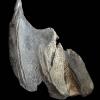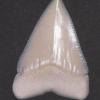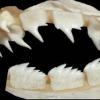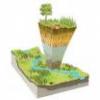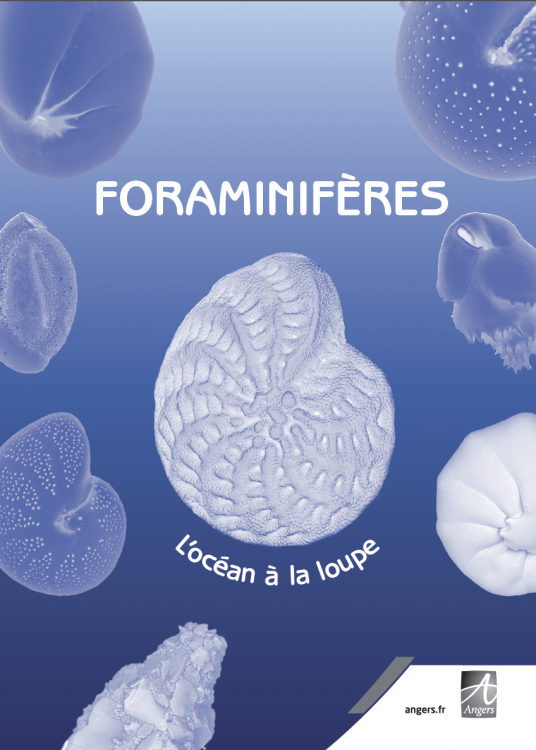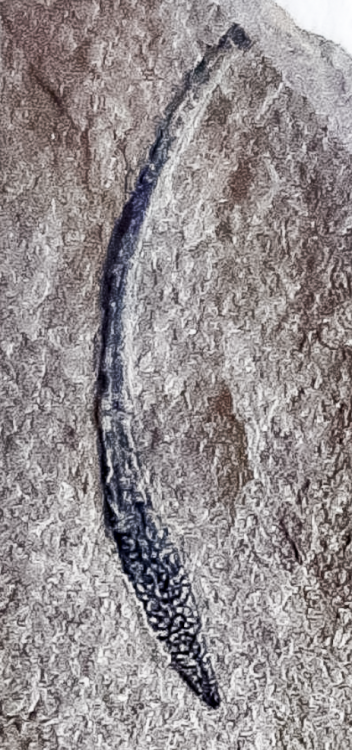Bonjour Curieux 71,
Pour ma part, je ne sais pas si cette dent a été trafiquée, ou pas, aux seules vues de tes clichés. D'autre part, je ne pense pas que cette dent appartiennent à un quelconque Spinosauridae car je ne vois pas les petites crénulations sur les carènes de celle-ci. La piste d'une dent de plésiosaure pourrait-être intéressante pour rapprocher cette dent d'un taxon. Ce clade vient d'être identifié dans le Groupe des Kem Kem dans un article pertinent qui fait le point également sur les plésiosaures d'eau douce :
Plesiosaurs from the fluvial Kem Kem Group (mid-Cretaceous) of eastern Morocco and a review of non-marine plesiosaurs
G. Bunker, D. M. Martill, R. Smith, S. Zourhi and N. Longrich
Cretaceous Research 2022 Pages 105310
DOI: https://doi.org/10.1016/j.cretres.2022.105310
Plesiosaurs were a long-lived and widespread group of marine reptiles, with a worldwide distribution and a temporal range from the Late Triassic to the Late Cretaceous. Most occur in marine deposits, but some occur in low-salinity, brackish to freshwater environments. We report plesiosaurs from the freshwater fluvial deposits of the mid-Cretaceous (?Albian-Cenomanian) Kem Kem Group of Morocco. Remains include numerous shed teeth, vertebrae, and a humerus. The humerus represents a young juvenile; vertebrae likely belong to sub-Spam. Teeth show heavy wear, similar to teeth of co-occurring spinosaurids. While coeval plesiosaurs from the Bahariya Formation of Egypt are members of Polycotylidae, the Kem Kem fossils show features of Leptocleididae, small-bodied plesiosaurs that were widely distributed in nearshore and non-marine settings in the Early Cretaceous. These fossils are the first freshwater plesiosaurs from Morocco, and are among the youngest representatives of Leptocleididae. The Kem Kem leptocleidids could have been infrequent visitors from the sea, freshwater-tolerant, or even freshwater-adapted, as in modern river dolphins. The abundance of shed teeth in the Kem Kem Group supports the hypothesis that they had some degree of freshwater tolerance. Furthermore, leptocleidids occur almost exclusively in shallow nearshore, brackish, or freshwater environments, suggesting adaptation to shallow, low-salinity environments. Other plesiosaur groups and other Mesozoic marine reptiles, including teleosaurids and mosasaurids, also occur in freshwater settings, suggesting plesiosaurs and other marine reptiles frequently exploited non-marine environments.







